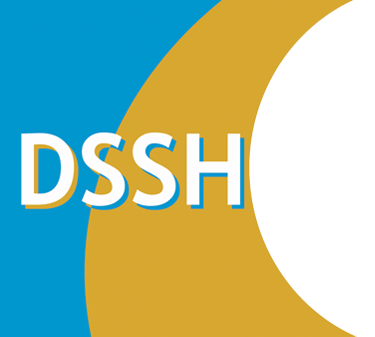The Efficacy of Visual Cues to Improve Hand Hygiene Compliance
Background: Guidelines governing healthcare workers’ (HCW) hand hygiene (HH) behavior are well established. Despite known hazards of healthcare-associated infection to both HCW and patients, hand hygiene compliance (HHC) rates remain dismally low. To evaluate a potential solution to this ongoing challenge, we used a simulated patient encounter in…
Background: Guidelines governing healthcare workers’ (HCW) hand hygiene (HH) behavior are well established. Despite known hazards of healthcare-associated infection to both HCW and patients, hand hygiene compliance (HHC) rates remain dismally low. To evaluate a potential solution to this ongoing challenge, we used a simulated patient encounter in an actual hospital room to test the efficacy of individual HH triggers. Methods: One hundred fifty HCW (75 physicians and 75 nurses) participated in this study and were randomly assigned to one of five equal-size groups. Each participant performed a focused physical examination on a standardized patient and was expected to maintain HH before and after the examination. Using two rooms on a medical-surgical unit in a tertiary care teaching hospital, various cues were employed, and the impact on pre- and postexamination HHC was recorded. In the control group, the hand sanitizer dispenser was in its usual location (Baseline). In one group, the dispenser was relocated to direct line of sight (Line-of-Sight) on entering the room; in another, flashing lights were affixed to the dispenser in its usual location (Baseline & Flicker); and in a third group, the dispenser was relocated to the line of sight, and flashing lights were attached (Line-of-Sight & Flicker). In the last group, a large warning sign (Warning Sign) was affixed to the door, informing the healthcare provider that the room was under electronic surveillance, and failure to perform HHC would trigger an alarm. Data were analyzed using a generalized linear model to perform a repeated measures logistic regression; P < 0.05 was considered statistically significant. Results: In the control group (Baseline), pre- and postexamination HHC rates were 36.7% and 33.3%, respectively. All interventions improved HHC preintervention compared with baseline (Line-of-Sight = 53.3%, Baseline & Flicker = 60%, Line-of-Sight & Flicker = 66%, Warning Sign = 93.3%), but only the Line-of-Sight & Flicker and the Warning Sign produced statistically significant increased pre-examination HHC (P = 0.022 and P < 0.001, respectively). Only the Warning Sign produced statistically significant increased HHC postexamination (P < 0.001). Conclusions: Visual cues can improve HHC, but their efficacy varies. A warning sign informing of a surveillance system with subsequent reporting of noncompliance resulted in the most significant improvement in HHC. Using a standardized patient in an actual hospital room was a helpful tool in assessing the impact of various interventions designed to improve HHC and patient safety.
Read more: http://journals.lww.com/simulationinhealthcare/Fulltext/2010/12000/The_Efficacy_of_Visual_Cues_to_Improve_Hand.3.aspx
Full online text available for DSSH members trough DSSH/SSH membership subscription




